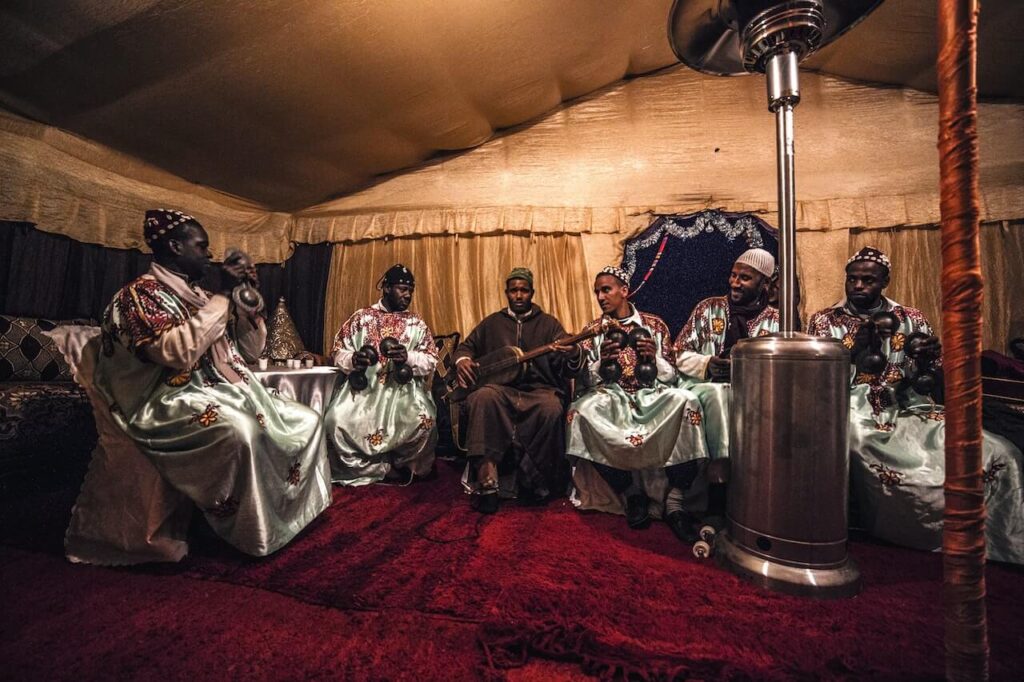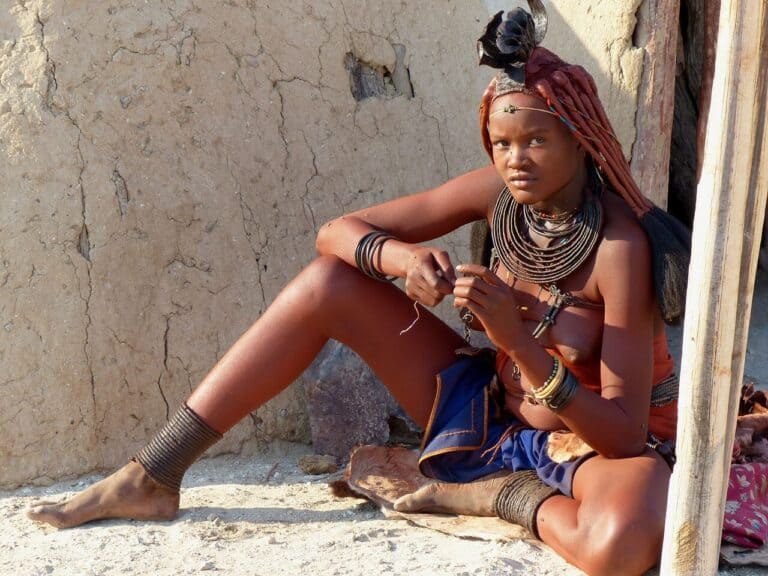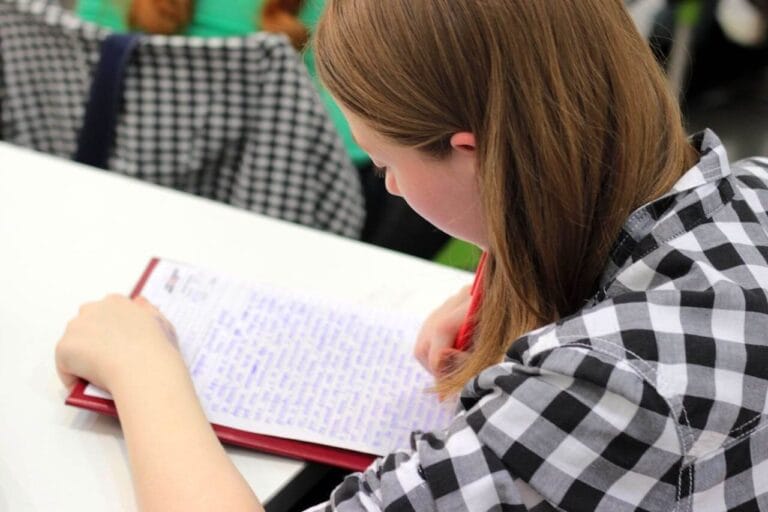Indigenous Perspectives and Indigenous education offer a unique lens through which to view the world, fostering understanding, empathy, and a deeper connection to the land we inhabit.
In our ever-evolving world, embracing diversity and fostering inclusivity have become paramount in education. One compelling way to achieve this is by Incorporating Indigenous Perspectives into formal education systems.
By recognizing the rich tapestry of Indigenous knowledge, culture, and history, we not only empower Indigenous students but also provide non-Indigenous learners with a broader, more holistic education.
In this blog post, we explore the importance of weaving Indigenous Perspectives including wisdom into formal education and the transformative impact it can have on our classrooms and society as a whole.
Understanding Indigenous Perspectives

In the journey to enrich formal education by Incorporating Indigenous Perspectives, the critical first step is comprehending what Indigenous Perspectives truly entail. Indigenous Perspectives, at their core, are a lens through which Indigenous peoples view the world around them.
These perspectives are deeply rooted in cultural heritage, the connection to the land, and a holistic approach to life. They encompass diverse worldviews that have been shaped by centuries of unique experiences and knowledge systems.
To truly appreciate Indigenous Perspectives, it’s essential to recognize the rich tapestry of Indigenous cultures worldwide. Indigenous communities are not monolithic; they vary in language, traditions, and customs.
Understanding the vast array of Indigenous Perspectives requires an appreciation of this cultural diversity, as it highlights the uniqueness of each community’s worldview. From the Maori in New Zealand to the Navajo in North America, To the First Nations in Australia and the Bantu people of Africa, these diverse perspectives provide a valuable resource for a more comprehensive education.
Moreover, Indigenous Perspectives are intimately tied to the historical and contemporary experiences of Indigenous communities. Throughout history, Indigenous populations have faced colonization, dispossession, and marginalization.
Acknowledging the historical context is crucial to understanding why Indigenous Perspectives are essential in formal education. These perspectives can be a means of redress, allowing for the sharing of Indigenous knowledge and a platform for Indigenous voices to be heard.
By learning about and appreciating Indigenous Perspectives, educators and students alike can develop a greater appreciation for the depth and breadth of Indigenous knowledge. The holistic nature of Indigenous worldviews extends beyond traditional academic subjects, encompassing spirituality, the environment, and the interconnectedness of all things.
This broader understanding can lead to more profound empathy and respect for Indigenous cultures and the valuable insights they offer.
In summary, what we have seen so far provides a foundation for the journey of Incorporating Indigenous Perspectives into formal education. Understanding Indigenous Perspectives involves recognizing their diverse nature, appreciating their historical context, and embracing the holistic and interconnected worldviews of Indigenous communities.
This understanding serves as the basis for creating inclusive, culturally responsive educational experiences that honor and empower Indigenous students and enrich the learning experience for all.
Historical Context
To truly appreciate the importance of Incorporating Indigenous Perspectives into formal education, one must delve into the historical context of Indigenous education. Indigenous Perspectives are deeply intertwined with the historical experiences of Indigenous communities, marked by colonization, dispossession, and efforts to preserve their cultural heritage. Understanding this historical context is pivotal in recognizing why Indigenous education is vital in today’s world.
For centuries, Indigenous communities worldwide faced the brunt of colonial powers seeking to erase their cultures and traditions. These historical injustices left lasting scars, and the legacy of this tumultuous past continues to affect Indigenous peoples today. Indigenous Perspectives, in essence, serve as a way to reclaim and revitalize cultural identity, knowledge, and traditions that were suppressed and marginalized.
The historical context also sheds light on the resilience and determination of Indigenous communities to maintain their heritage in the face of adversity. This enduring spirit is a testament to the strength of Indigenous Perspectives, which encompass the resilience and wisdom of generations who have faced immense challenges.
Incorporating Indigenous Perspectives into formal education not only acknowledges the historical wrongs but also offers an opportunity for healing and reconciliation. It’s a means to rectify the injustices of the past and ensure that Indigenous knowledge is no longer relegated to the sidelines of mainstream education.
Benefits of Incorporating Indigenous Perspectives
Incorporating Indigenous Perspectives into formal education offers a multitude of benefits that extend far beyond the classroom. These benefits touch upon both Indigenous and non-Indigenous learners, enriching their educational experiences.
First and foremost, the inclusion of Indigenous Perspectives fosters a deep appreciation for cultural diversity and promotes cultural understanding and respect. This, in turn, leads to greater empathy, breaking down stereotypes and fostering positive intercultural relationships.
Another significant benefit is the enhancement of critical thinking and global awareness. Indigenous worldviews encourage a holistic approach to problem-solving, emphasizing the interconnectedness of all things. This not only enriches students’ ability to think critically but also prepares them to address complex global challenges.
Moreover, by teaching Indigenous Perspectives, we provide a comprehensive education that acknowledges the unique knowledge systems and worldviews of Indigenous communities. This, in turn, helps to combat historical inaccuracies and stereotypes, creating a more inclusive and accurate representation of Indigenous cultures and histories.
Furthermore, the integration of Indigenous Perspectives can positively impact Indigenous students by giving them a sense of belonging and validation in the educational system. This can lead to improved academic outcomes and a sense of empowerment, fostering a more inclusive learning environment.
Curriculum Development

Curriculum development is a pivotal aspect of Incorporating Indigenous Perspectives into formal education.
Creating an Indigenous-inclusive curriculum is not a one-size-fits-all endeavor; it involves tailoring educational content to respect the unique cultures, histories, and traditions of different Indigenous communities. This approach ensures that Indigenous Perspectives are authentically represented, fostering a richer understanding of these perspectives among students.
One of the key challenges in curriculum development is striking a balance between Indigenous knowledge and mainstream educational requirements. This involves careful consideration of local Indigenous content and global Indigenous themes, all while adhering to academic standards.
Incorporating Indigenous Perspectives requires the collaboration of educators, Indigenous community members, and experts. Engaging with Indigenous elders, knowledge keepers, and teachers is essential to ensure that the curriculum is culturally respectful and appropriate.
Additionally, it’s important to recognize that curriculum development is an ongoing process. Regular review and adaptation are necessary to address the evolving needs and perspectives of Indigenous communities and to stay in alignment with changing educational and societal dynamics.
Culturally Responsive Teaching
Culturally responsive teaching is a cornerstone of incorporating Indigenous Perspectives into formal education.
Culturally responsive teaching entails understanding the cultural backgrounds, including Indigenous cultures, of students in the classroom. By recognizing the unique worldviews, histories, and traditions of Indigenous students, educators can tailor their teaching methods to be more inclusive and relevant.
It is imperative for educators to build cultural competence. This involves ongoing professional development to deepen their understanding of Indigenous Perspectives and foster respectful interactions with Indigenous students and communities.
One key aspect of culturally responsive teaching is the incorporation of Indigenous content into lesson plans. This can range from literature and history to science and art, allowing students to explore Indigenous knowledge and culture in various subjects.
Another critical element is creating a safe and inclusive classroom environment where Indigenous students feel valued and supported. By doing so, educators can empower Indigenous students to share their own perspectives and stories, enriching the learning experience for all.
Incorporating Indigenous Perspectives through culturally responsive teaching not only benefits Indigenous students but also helps all students develop a broader, more inclusive perspective on the world, fostering empathy and a deeper connection to the diverse cultural tapestry of society.
Resources For Teachers
Equipping educators with the necessary resources to effectively incorporate Indigenous Perspectives into formal education is crucial for a successful implementation.
One valuable resource is literature that authentically represents Indigenous voices and stories. Books written by Indigenous authors, both fiction and non-fiction, offer a rich source of content for teachers to integrate into their curricula. These texts provide insight into Indigenous cultures, histories, and perspectives.
Websites, online databases, and educational platforms dedicated to Indigenous education are essential tools for educators. They offer lesson plans, teaching guides, videos, and other educational materials that help teachers incorporate Indigenous content into their classrooms.
Workshops, training sessions, and professional development opportunities play a pivotal role in equipping educators with the knowledge and skills necessary for teaching Indigenous Perspectives. These resources help teachers build cultural competence and develop effective strategies for engaging with Indigenous content.
Collaboration with Indigenous community members, knowledge keepers, and elders can also be a valuable resource. These individuals offer firsthand knowledge and cultural insights that can enhance the authenticity of Indigenous education within the classroom.
Furthermore, institutions and organizations that support Indigenous education initiatives provide grants, funding opportunities, and guidance to educators interested in enhancing their curriculum with Indigenous Perspectives. These resources can help schools and teachers secure the necessary support to implement these changes effectively.
Community Involvement
Incorporating Indigenous Perspectives into formal education is a collaborative effort that requires active participation from Indigenous communities.
Indigenous communities possess a wealth of knowledge, traditions, and cultural insights that are invaluable for educators seeking to authentically represent Indigenous Perspectives. Engaging with these communities not only ensures the accuracy of educational content but also fosters respect and reciprocity.
Community involvement extends to the collaboration of Indigenous elders, knowledge keepers, and educators who can offer their expertise in shaping the curriculum and providing cultural insights that textbooks often lack.
By actively engaging with Indigenous communities, educators can establish meaningful partnerships that contribute to the development and implementation of culturally responsive teaching strategies. These partnerships can create a supportive network for both Indigenous and non-Indigenous students.
Moreover, community involvement can help in the creation of opportunities for cultural exchanges, where students have the chance to learn from Indigenous community members directly. This firsthand experience can foster deeper connections to Indigenous Perspectives.
Conclusion
In conclusion, the incorporation of Indigenous Perspectives into formal education is a critical step towards building an inclusive, empathetic, and culturally rich educational system. It acknowledges historical injustices, fosters cultural understanding, empowers Indigenous students, and broadens the horizons of all learners. This journey is ongoing, emphasizing continuous learning, adaptation, and a commitment to embracing the diversity and wisdom of Indigenous cultures for a more equitable and interconnected world.








